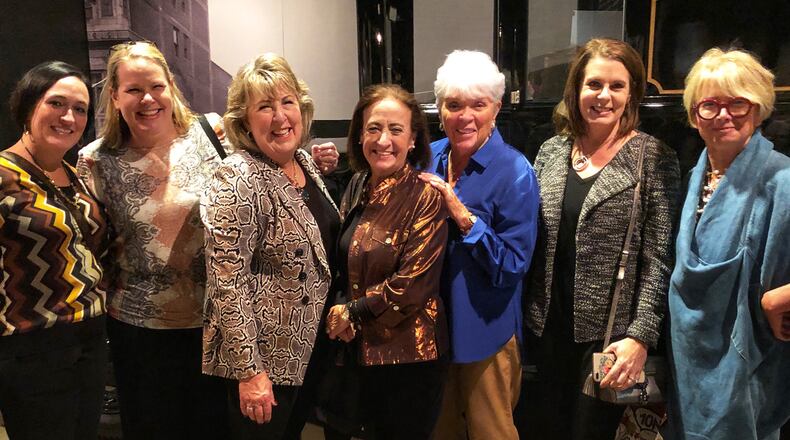Retired Dayton police officer Steve Grismer was one of the “architects” of the current police exhibition. A founding member of the Dayton Police History Foundation, he was inspired to protect and share the Dayton Police Department’s history after a trip to Washington, D.C., where he visited the National Law Enforcement Officers Memorial, and noticed that some of the names were misspelled.
“I made sure they were corrected and realized that we needed a place to centralize the artifacts we now have dispersed among individuals, the Wright State University Archives, The Fraternal Order of Police, Carillon Park, and other places. The police department needs a permanent central location to display its history,” he said, noting that he’s seen important reports of past department history, which are Dayton’s history as well, shredded rather than preserved.
A former sergeant who started with the department in 1976 and retired in 2002, he approached Brady Kress, president and CEO of Carillon Park, about having an exhibition there.
“We had to have a specific plan and also funds for installation, so started a pledge campaign with Dayton Police, and raised $6,000 to put it together. We divided the displays into three segments: the evolution of Dayton policing and the temperance movement; prohibition in Dayton; and the resulting criminal activity during the Great Depression, which included Dayton’s capture and escape of John Dillenger.
“Carillon has a gallery to hold temporary exhibits, and we were originally given a year, but we got two years — and, when COVID hit, the exhibit was extended to four years.”
Grismer worked with Dayton History and Carillon Park employees Gwen Haney, Community Collections Manager, and Steve Lucht, curator at the park. “We spent a year collecting artifacts and writing the stories. There are storyboards throughout the exhibit, written by Gwen, Steve and me. Then came the installation of walls and the exhibit.”
A book, “The Dean, Dillinger and Dayton, Ohio” was written, a large book containing the stories and numerous photos, which is available at the park and on Amazon. Proceeds go to the museum initiative.
“The dean is Chief Rudy Wurstner, who spent 47 years with the department, 24 as chief, was the chief during the Dillinger capture and escape, and, for many years, was the longest-serving chief in the country.”
Beno Keiter, the longest-serving Montgomery County sheriff, is also included. “Both men are legends in law enforcement, both locally and nationally,” said Grismer.
When the exhibit opened in 2019, descendants of Wurstner were on hand.
“They donated his gun and Dillinger’s Tommy Gun to the Montgomery County Historical Society, and we installed an old jail cell that will stay at Carillon.”
Grismer’s family dates back to the 1840s in Dayton, and his ancestors have had numerous jobs and businesses in the city Grismer loves. He was the first to go into law enforcement, “but a number of younger members have entered public service. Currently, my son is a firefighter, and two nephews became police officers.”
As for the goal of the exhibit, he says, “we wanted to bring something to the community to broaden its concept of policing, and to show what a police museum facility at Carillon Park could look like. We’ve had a lot of good feedback and great business support but need a major sponsor to bring the project forward. This will be the community’s last opportunity to see the catalyst for that effort.”
About the Author






